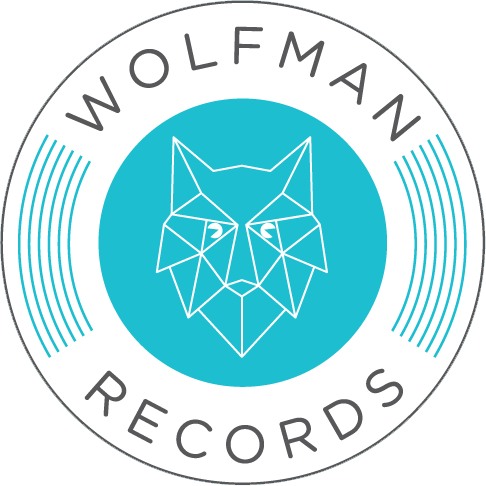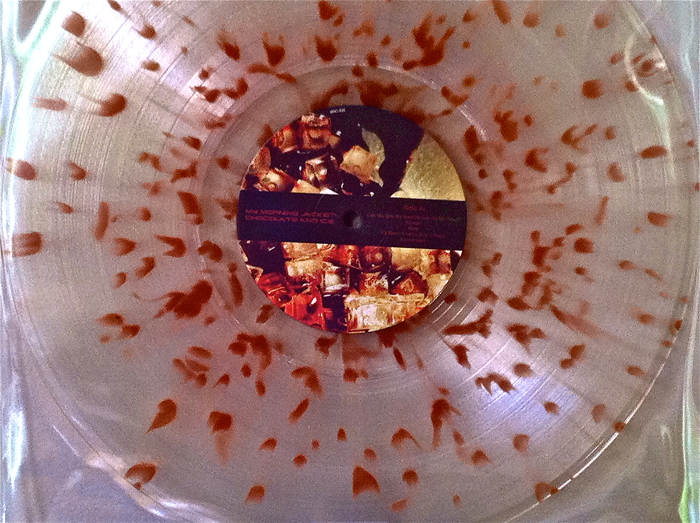
Understanding the varieties of vinyl recordsThe two types of vinyl recording formats:
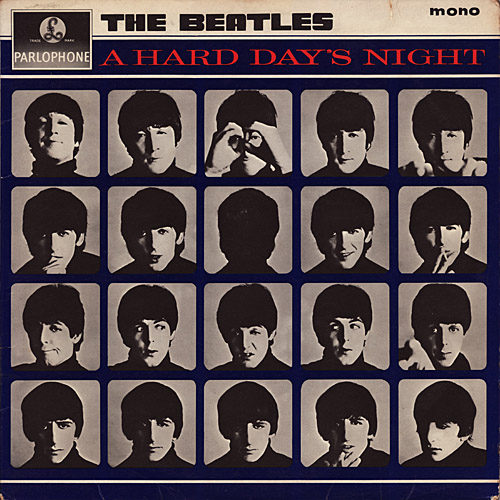
1. Mono:
These recordings included a single track of sound, mixed together. These recordings are more valuable in price as there were fewer pressings made as stereo versions became more popular, but both types of recordings were still available.
Additionally, 45’s (7 inch singles) remained in mono format well into the 1960’s. Mono format of recordings were eventually phased out by in the United States in 1967 and in the United Kingdom in 1968.
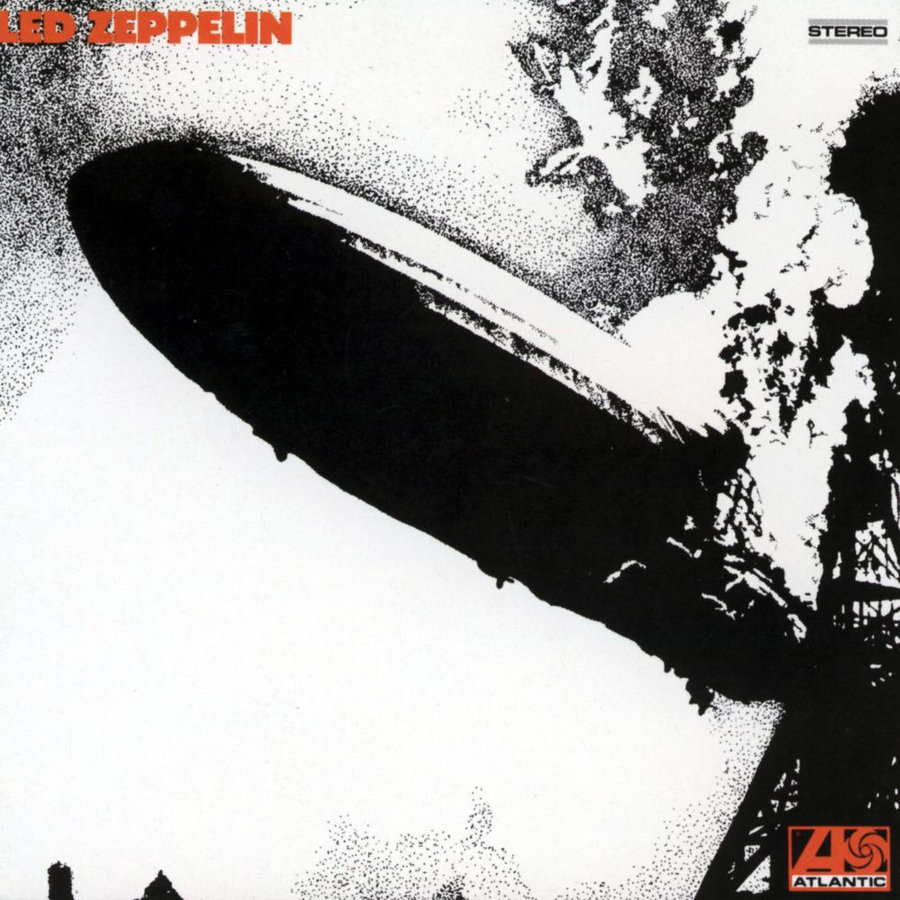
2. Stereo:
Mixing different tracks of sound for the left speaker and right speakers became the norm in the early 1960’s, compared to the configuration of mono recordings where the entire track was played through both left and right speakers simultaniously.
Types of vinyl records include:
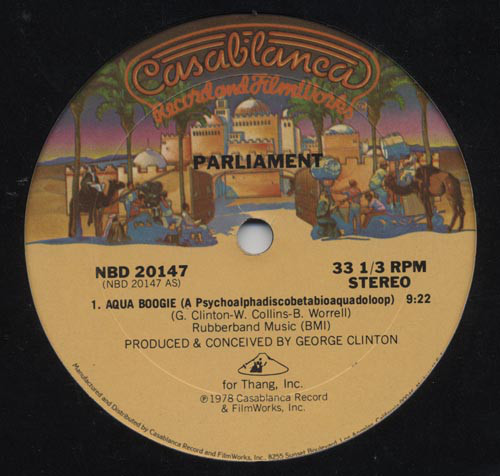
1. L.P 12-inch: These records are the most common (also referred to as albums) they play at 331/3 rpm (Revolutions Per Minute) and include several songs on each side.
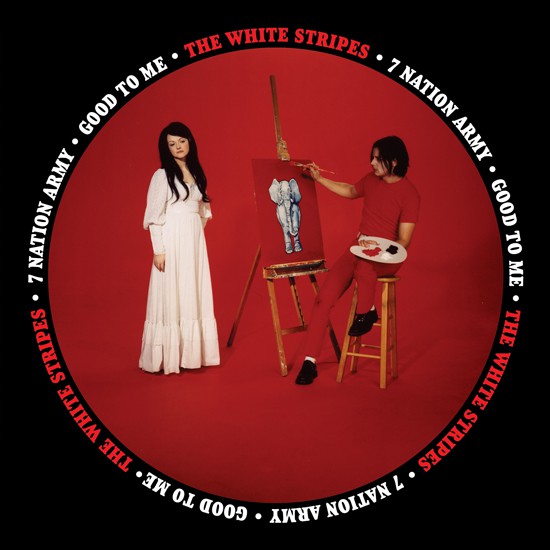
2. E.P 7-inch: These records usually have more than one track per side. Some have multiple bands configured on each side. These are normally used as a promotional tool from the record companies from the same label.
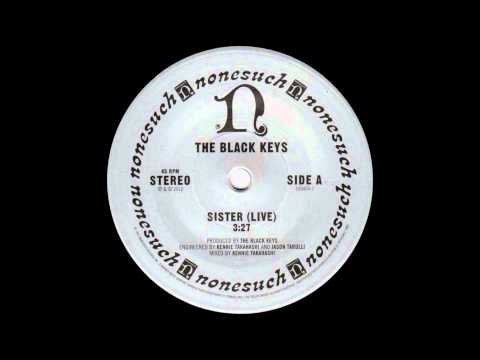
3. Singles OR 45’s: These discs are played at 45 rpm, but can be manufactured to play at 331/3 rpm (also known as a “33”). If a single has more than one track per side it’s considered as an EP.
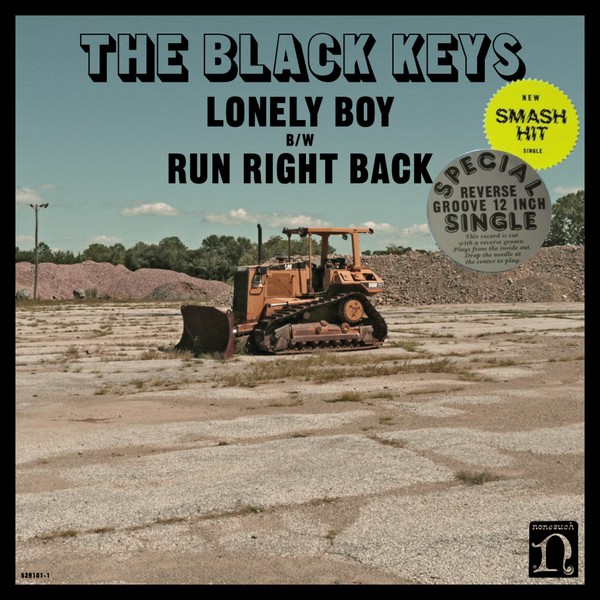
4. 12-Inch singles: Are another release by the record companies between a 45 and the LP. 12-inch singles (also known as maxi-singles) often include more than two songs. Some maxi singles play at 331/3 rpm or 45 rpm.
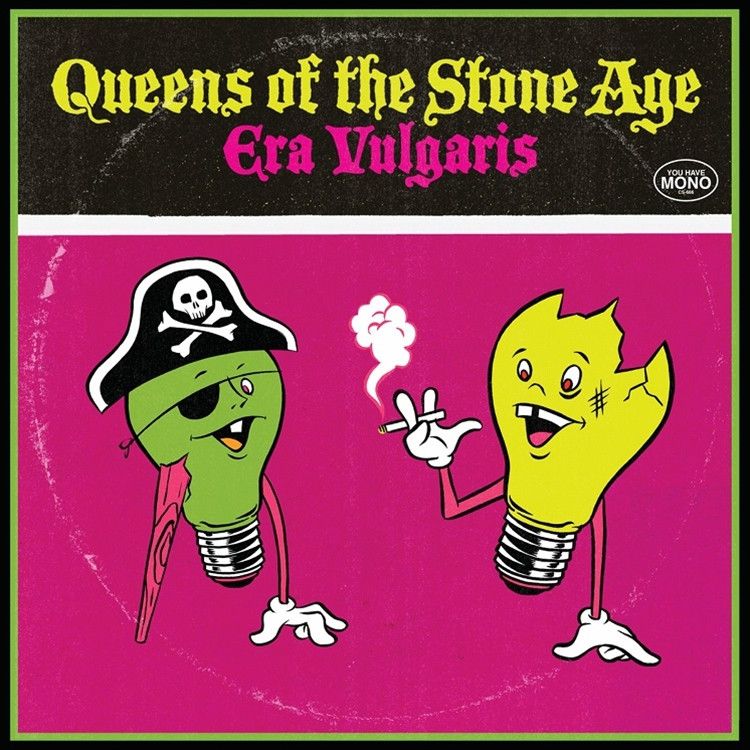
5. 10-Inch records: Some 331/3 rpm LP’s mostly from the 1940-1950’s are 10 inches wide. 10-inch records were occasionally pressed in the 1970s and 80’s as EP’s or mini-albums.
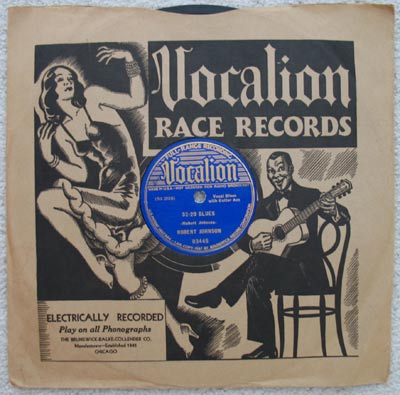
6. 78’s: The 78 was the standard format in the record industry from the 1920’s-1940, these discs were made from shellac, so they were heavy and easily breakable, hence they were made obsolete. Most 78’s are not worth much, however there are some rare rhythm & blues, rockabilly and jazz records that have great value. 78’s play at a speed of 78 rpm and are usually 10-inchs in size.
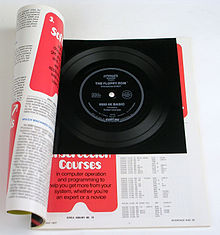
7. Flexi discs: The flexi disc (also known as a phonosheet or sonosheet) is a phonograph record made of thin, flexible vinyl sheet with a moulded-in spiral stylus groove (needle groove). It’s designed to be played on a normal phonograph turntable. These were not perfect mediums but they were a great promotional tool for record companies and artists alike. A flexi disc could be found bound into magazines or books.
Unusual vinyl formats:
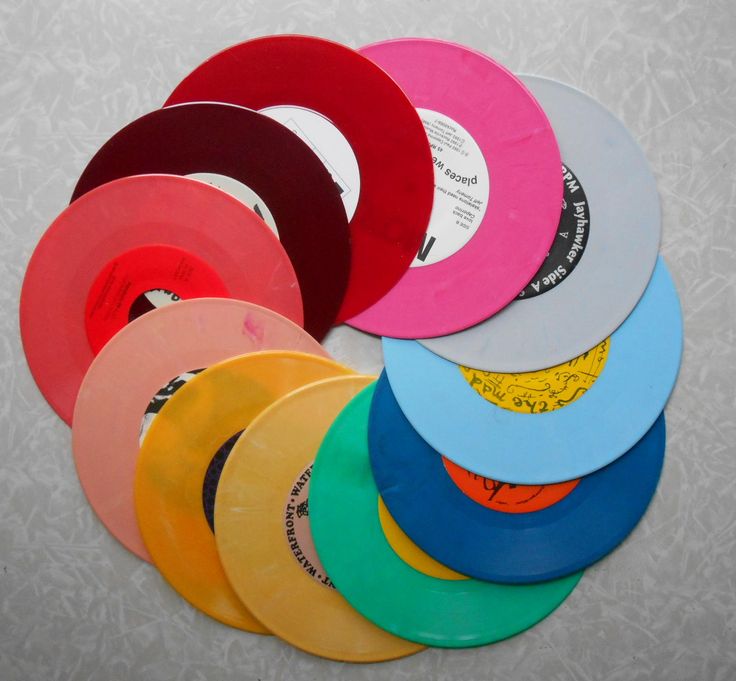
1. 5 & 6-inch records: Have been made, but in few numbers. These records are not usually listed in record guides.
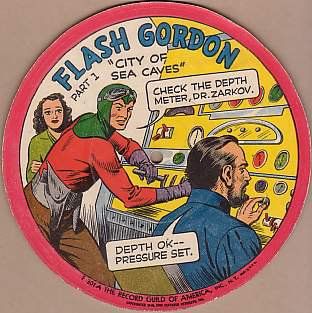
2. Cardboard records: Made in the 1940’s measuring 91/2 inches found in magazines as promotions.
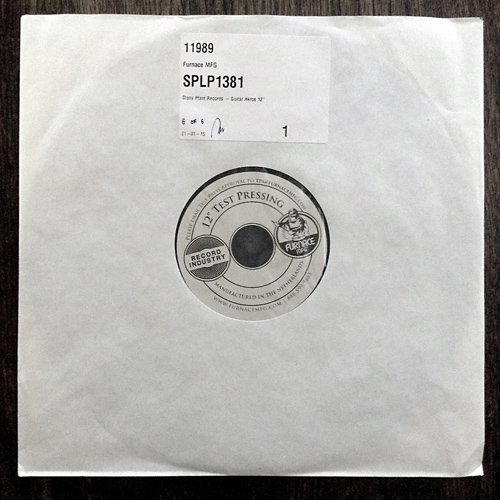
3. Test pressings: These discs were made by record companies to evaluate the quality of disc production. They were typically labelled with the catalogue number, artist and recoding time or date and were produced in small quantities (fewer than five copies).
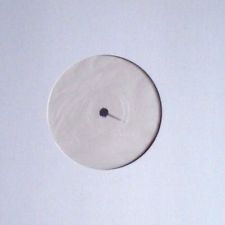
4. Plane white-label promos: These records were produced in high quantity by large record companies to be distributed as demonstration discs to music distributors and radio stations, these records often contained artist biography.
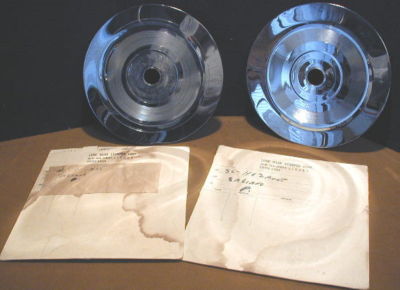
5. Acetate discs: These discs were often used as master discs in vinyl pressings or during the recording process to compare mixes of a song (also known as lacquered aluminium discs). These discs are of value related to there rarity.
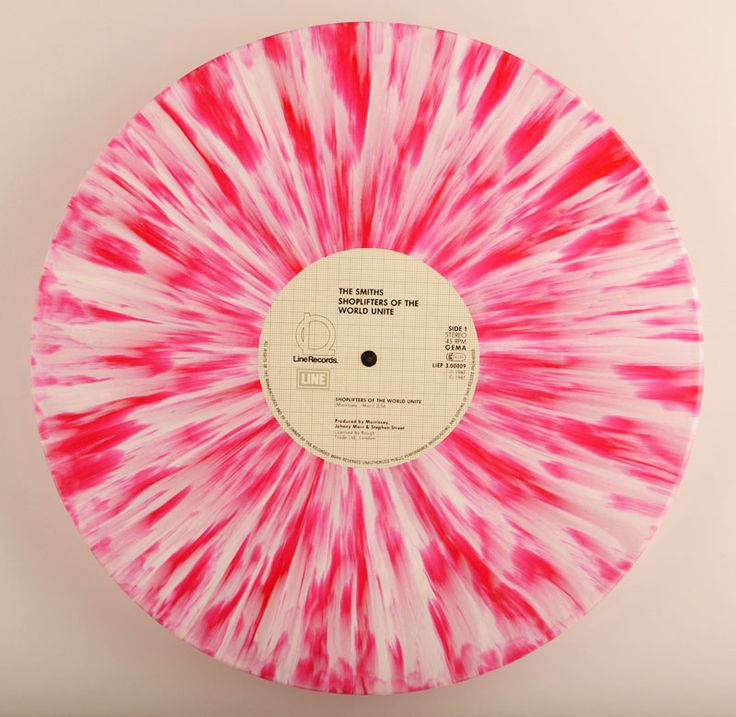
6. Coloured vinyl: Many record companies produce coloured vinyl as a limited edition special. A collector shouldn’t assume that these records are more valuable. First there needs to be a market for the record, second the record label should help determine it’s value and some records are readily available not making it that limited.
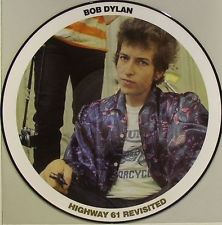
7. Picture discs: These products have been available sine the 20’s, in the 1970’s some record companies pressed picture discs as a novelty but soon became a promotional tool. Most discs replicated the album art and some were rare images of the band/artist or specially modified artwork. Because of the limited quantities, unique shape and different pressings these discs are highly sort after by collectors. With vinyl records making resurgence top mainstream artists and Indi artists are producing top-rate picture discs and the market shows no sign of slowing down.
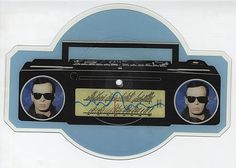
8. Die cut records: These discs are shaped picture discs. These types of records are manufactured in limited quantities and are highly collectable and hold their value well regardless of the artist.
